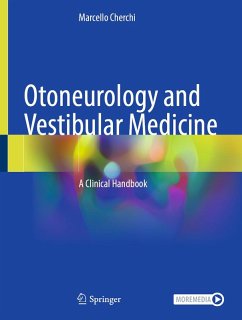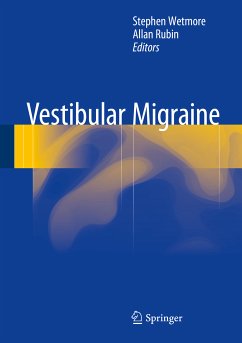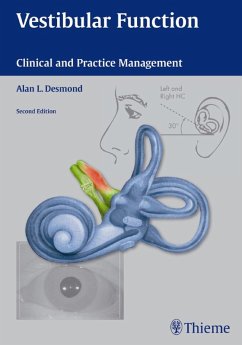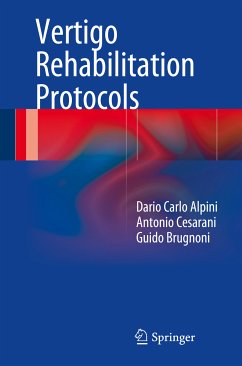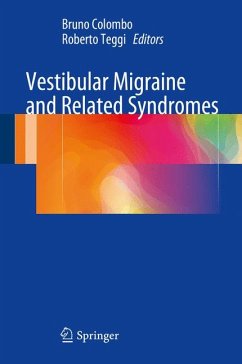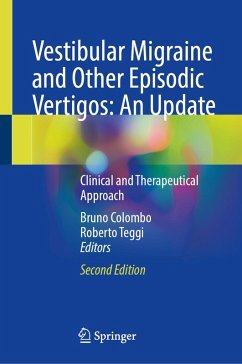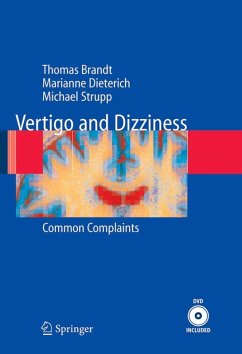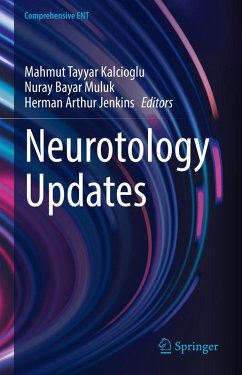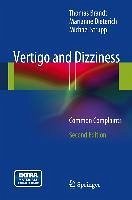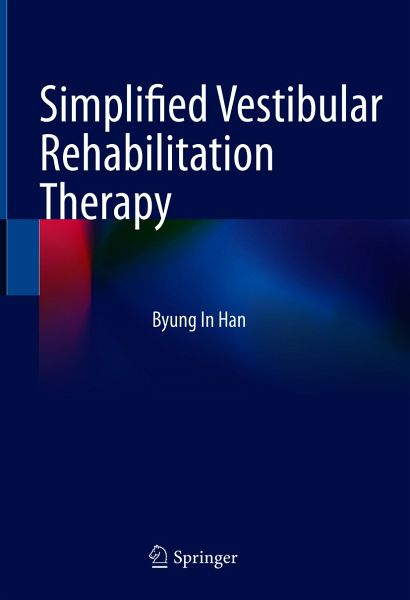
Simplified Vestibular Rehabilitation Therapy (eBook, PDF)
Versandkostenfrei!
Sofort per Download lieferbar
80,95 €
inkl. MwSt.
Weitere Ausgaben:

PAYBACK Punkte
40 °P sammeln!
This book describes a streamlined version of vestibular rehabilitation therapy (VRT), an exercise-based approach that is of proven value in the treatment of vertigo and dizziness. This simplified form of VRT is intended for use in primary healthcare facilities. As Dr. Han had practiced martial art and ballet, he could pick out necessary movements from those art forms. The selected movements were used to make the VRT exercises. The opening part describes the indications for and the principles of VRT and provides general information on key exercises. The role of VRT in patients with central dizz...
This book describes a streamlined version of vestibular rehabilitation therapy (VRT), an exercise-based approach that is of proven value in the treatment of vertigo and dizziness. This simplified form of VRT is intended for use in primary healthcare facilities. As Dr. Han had practiced martial art and ballet, he could pick out necessary movements from those art forms. The selected movements were used to make the VRT exercises. The opening part describes the indications for and the principles of VRT and provides general information on key exercises. The role of VRT in patients with central dizziness is then discussed. The remainder of the book offers clear, precise guidance on the exercises used in simplified VRT, covering general exercises, gaze stability exercises, postural stability exercises, and habituation exercises. The text is supported by numerous photographs that will help both clinicians and patients to implement the exercises correctly and effectively.
Dieser Download kann aus rechtlichen Gründen nur mit Rechnungsadresse in A, B, BG, CY, CZ, D, DK, EW, E, FIN, F, GR, HR, H, IRL, I, LT, L, LR, M, NL, PL, P, R, S, SLO, SK ausgeliefert werden.



